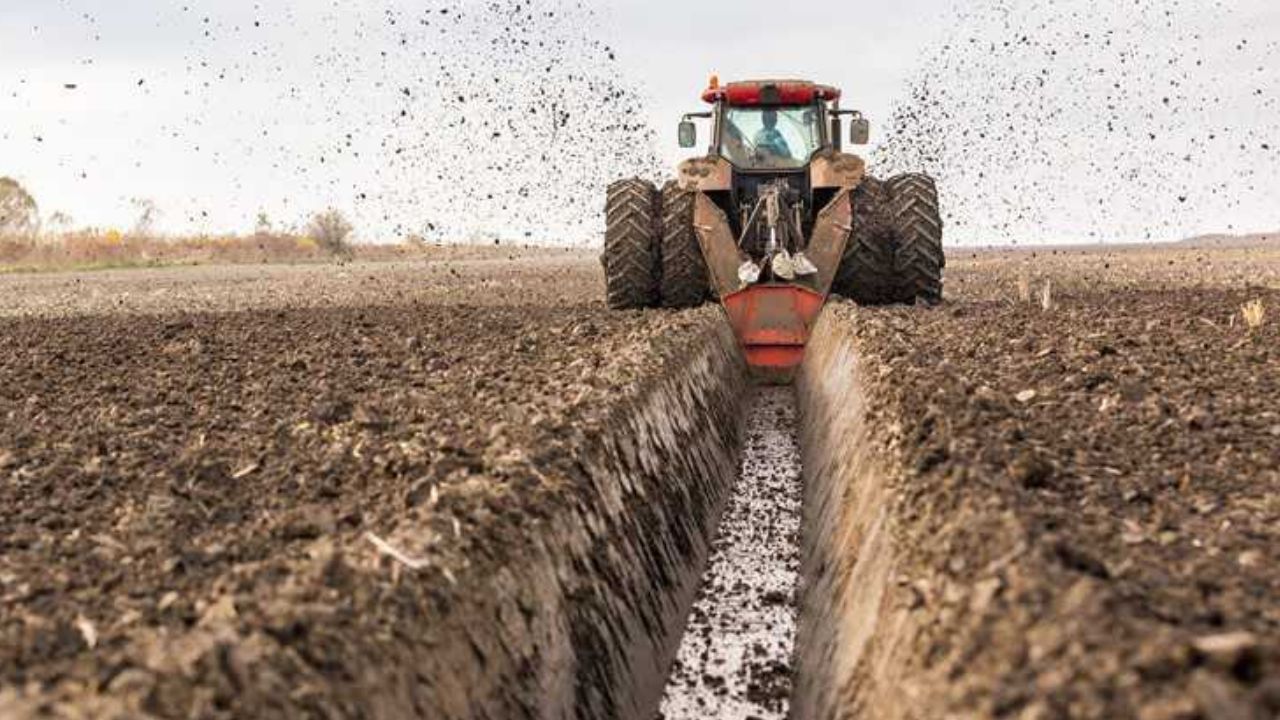Trenchers achieve operational effectiveness through their essential wear parts. These serve in construction operations, agricultural work, and utility installation tasks. The continuous operation of trencher teeth, chains, and sprockets leads to progressive deterioration because of ongoing stress. Strategic usage techniques and proper maintenance practices enable extending the trencher wear parts' operational life, reducing equipment downtime and replacement costs. Proper equipment maintenance practices will help operators achieve extended optimal trencher performance.
Regular Inspection and Timely Maintenance
Inspecting trencher wear parts must happen frequently to detect wear signs before equipment breakdown occurs. Regular teeth chains and sprockets inspections will help operators avoid expensive equipment breakdowns by detecting damage or excessive wear. Any damaged or worn-out teeth need immediate replacement to support trencher performance and prevent excessive stress on the machine. Chain tension needs regular monitoring because improper tension either makes the chains too loose for even trenching or too tight for premature wear. The smooth operation of equipment depends heavily on regular moving part lubrication because this practice prevents damage from friction and ensures proper function.
Proper Cleaning After Each Use
Operation of trencher wear parts allows dirt, debris, and moisture accumulation, resulting in rust formation and corrosion while accelerating wear rates. Regular cleaning of the trencher equipment after every use operation helps prevent these problems. Clearing away soil and debris from teeth and chains minimizes the accumulation of materials that could affect cutting efficiency. Following cleaning, the trencher should be placed in a dry storage area to protect its metal parts from oxidation and degradation. A covered trencher or storage under sheltered conditions helps maintain the longevity of its worn components.
Adjusting Operating Techniques for Less Wear
The operating methods used for trenchers directly impact the rate at which their components wear out. The trencher performs best when operators minimize excessive force while allowing the machine to work at its designed cutting speed, thus reducing stress on both teeth and chain components. Soil-dependent adjustments of speed and depth help protect worn parts from excessive strain. Trenching operations in hard or frozen terrain require specialized teeth and accessories because standard equipment parts will degrade quickly when used under such conditions. Best practice training for operators leads to efficient machine operation, extending component life duration.
Implementing a Scheduled Maintenance Program
A planned maintenance schedule is the most reliable method for improving the operational life of trencher wear parts. Professional service or trained personnel help inspect components while performing cleaning and replacement operations. Documenting maintenance tasks enables operators to recognize wear patterns, which allows them to replace components before performance degradation occurs. Regular maintenance scheduling increases trencher part durability and machine operational reliability and productivity.
Using High-Quality Replacement Parts
The durability and performance of trenchers mainly depend on how well the replacement parts function. Trencher teeth, chains, and sprockets utilize premium components that enhance operational durability and withstand harsh working conditions. Carbide-tipped teeth show better cutting ability and greater durability than steel teeth. The trencher's make and model compatibility must be verified since mismatched parts create operational inefficiencies and additional wear.
Conclusion
The combination of proper maintenance procedures allows operators to extend the life of their trencher wear parts while decreasing their operational expenses. Trenching equipment's durability and operational excellence depend on regular inspections, appropriate cleaning practices, high-quality replacement components, effective operating methods, and a formal maintenance schedule. Proper maintenance investment leads trenchers to operate optimally, reducing operational stoppages and boosting productivity across different trenching operations.


